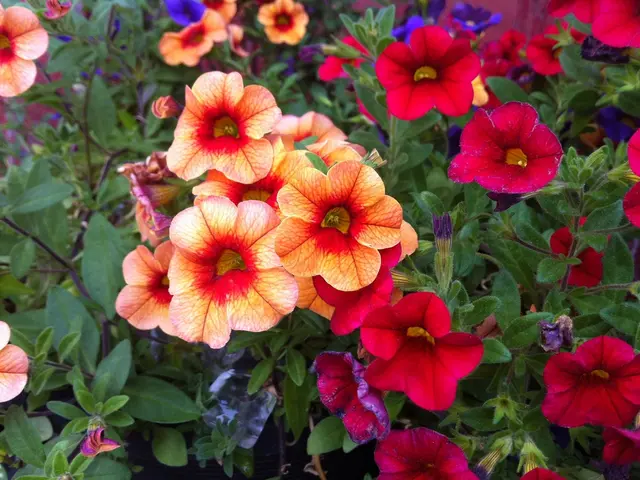Unveiled Tales: The Unseen Hardships Encountered by Models in Nigeria's Multibillion-Pound Fashion Sector
In the vibrant world of Nigerian fashion, models, regardless of gender, are exposed to various forms of harassment, often from makeup artists during fashion shows. This is just one of the many challenges that the industry's young workforce faces, with short career spans and a culture of silence surrounding misconduct adding to the difficulty.
The unique challenges of the modelling industry call for specialized legislation. The lack of tailored regulation creates ample room for unfair practices, making it difficult to contest or penalize exploitation. Late-night casting calls, gruelling workouts, and the emotional toll of rejection are commonplace, while societal perception of modelling in Nigeria exacerbates the challenges. Clients often undervalue the work of models, leading to underpayment and exploitation.
The financial landscape of the industry relies heavily on agency commissions, leaving models with irregular and often modest earnings. The lifecycle of a fashion model is markedly shorter, with most models eyeing alternative career routes by the age of 30. However, the industry features various specialized categories, each with unique demands, such as the category dedicated to plus-sized models and those who don't fit conventional standards.
Payments for models in Nigeria vary significantly based on the reputation of their agency and their career stage. Models may earn as little as N50,000 for a shoot, with agencies taking their share, while more lucrative assignments pay up to N1 million and prefer models with substantial influence. Yet, financial instability is a common struggle, with inconsistent bookings, irregular income, and a lack of financial security.
Stories of harassment and exploitation are not uncommon. James, a male model, faced sexual harassment from a casting director who threatened to deny him a runway opportunity at Lagos Fashion Week if he did not comply with personal requests. Ozioma, another model, experienced exploitation during auditions, including being asked to meet in a hotel with a photographer-cum-cinematographer who had ulterior motives.
The Nigerian Model Association (NMA) is striving to establish a robust regulatory framework to prevent such incidents. The NMA aims to provide protection against exploitation and harassment in the fashion industry. Yet, the sector still lacks a robust regulatory framework for professionalism and protection, making it difficult for victims to seek justice or report such incidents.
Aspiring models in Nigeria face financial instability, as they may go months without a single paid assignment. The growing recognition of Nigeria's modelling industry on the international stage offers hope, but the disparity in pay between international and Nigerian models remains a concern. Charles Nwosu, a Nigerian model based in London, attests to this disparity.
International models can potentially earn between €50,000 - €100,000 per year, according to Frank Visain of Lit Models. While the Nigerian modelling industry continues to evolve, it is crucial to address these challenges to ensure a safer, more equitable, and prosperous future for its models.
Read also:
- Impact of Alcohol on the Human Body: Nine Aspects of Health Alteration Due to Alcohol Consumption
- Understanding the Concept of Obesity
- Tough choices on August 13, 2025 for those born under Aquarius? Consider the advantages and disadvantages to gain guidance
- Microbiome's Impact on Emotional States, Judgement, and Mental Health Conditions








